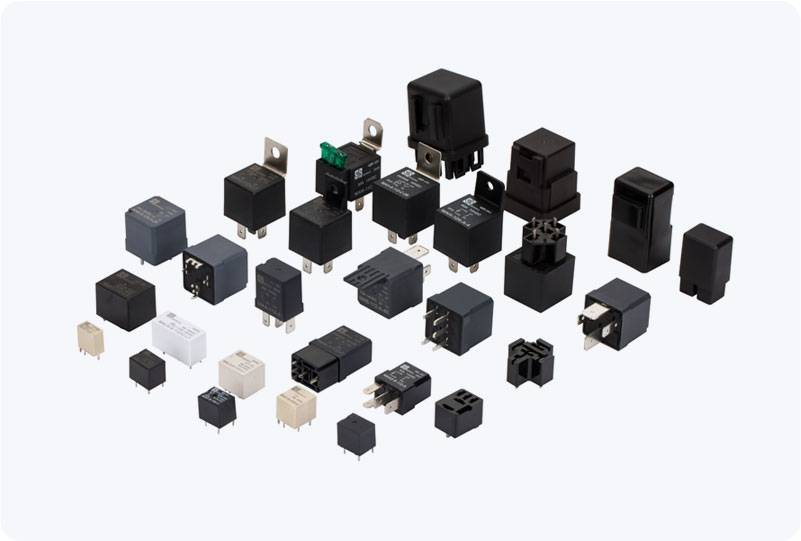understanding safety relay sil 3: ensuring industrial safety and reliability
Release time:2025-07-23 14:34:12
In the world of industrial automation, ensuring the safety of personnel and equipment is of paramount importance. One critical component that plays a vital role in safeguarding these aspects is the Safety Relay SIL 3. These relays are designed to meet stringent safety standards, ensuring that industrial systems can safely shut down or enter a fail-safe state when a fault or hazardous condition is detected. This article will explore the importance of Safety Relay SIL 3, how it works, and its applications in various industries.

What is Safety Relay SIL 3?
SIL (Safety Integrity Level) is a measure of the reliability of a safety system, as defined by international standards such as IEC 61508 and IEC 61511. The levels range from SIL 1 (lowest) to SIL 4 (highest), with each level representing the probability of failure over time. SIL 3 indicates a high level of safety, typically required in systems that operate in high-risk environments where failure can lead to severe consequences, including harm to personnel or significant damage to equipment.
A Safety Relay SIL 3 is a type of relay that is specifically designed to meet these high safety standards. It ensures that, even in the event of a fault, the system will react by safely shutting down or entering a secure state, thereby preventing accidents or damage.

